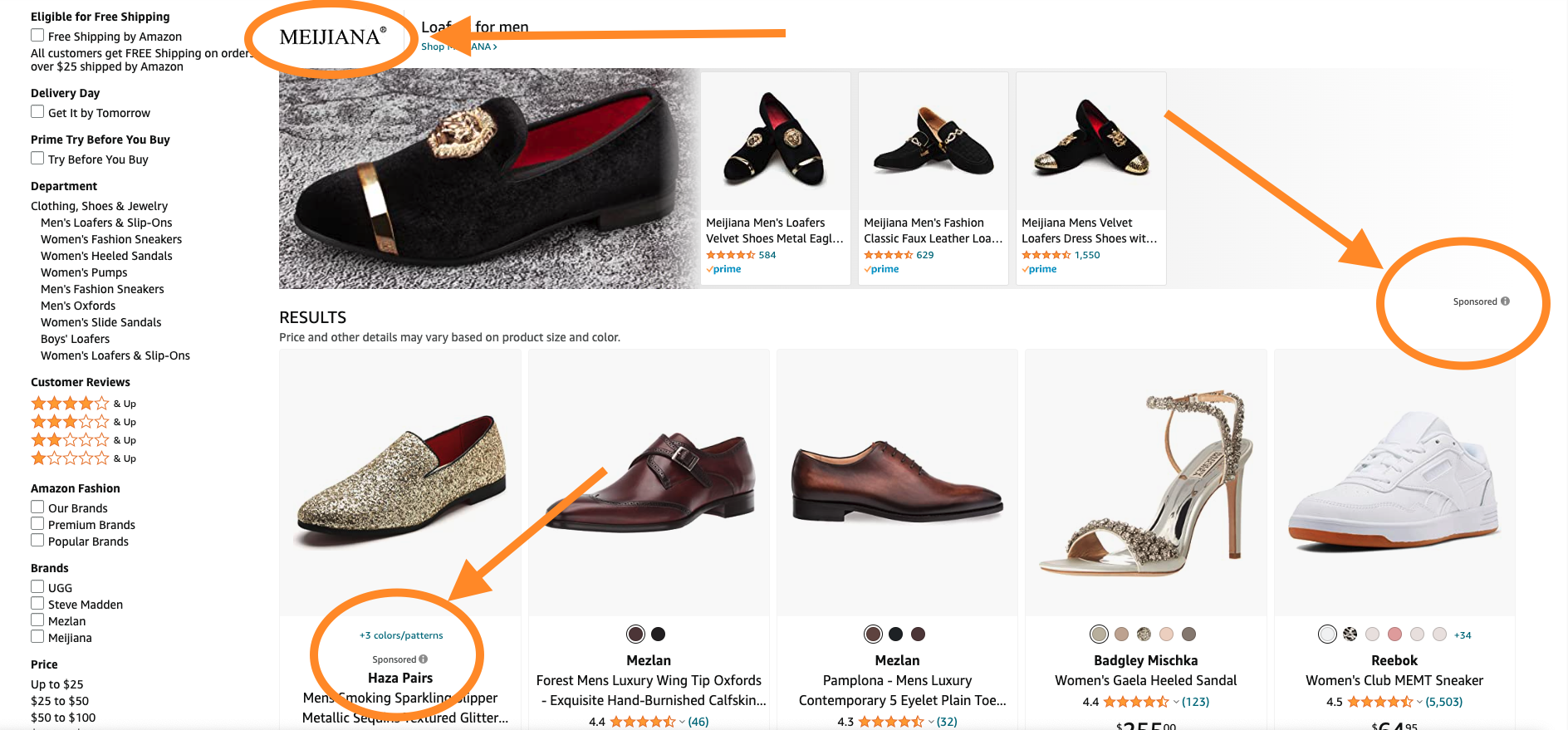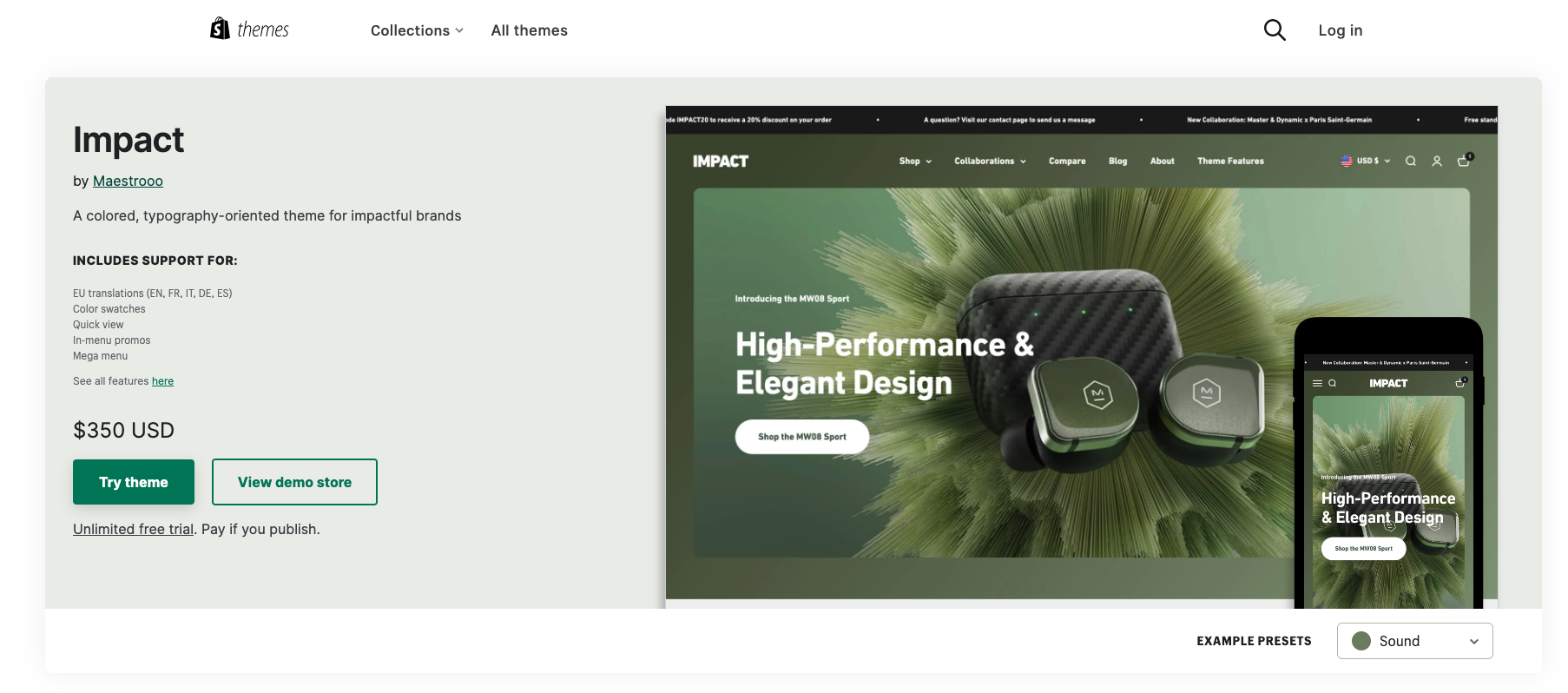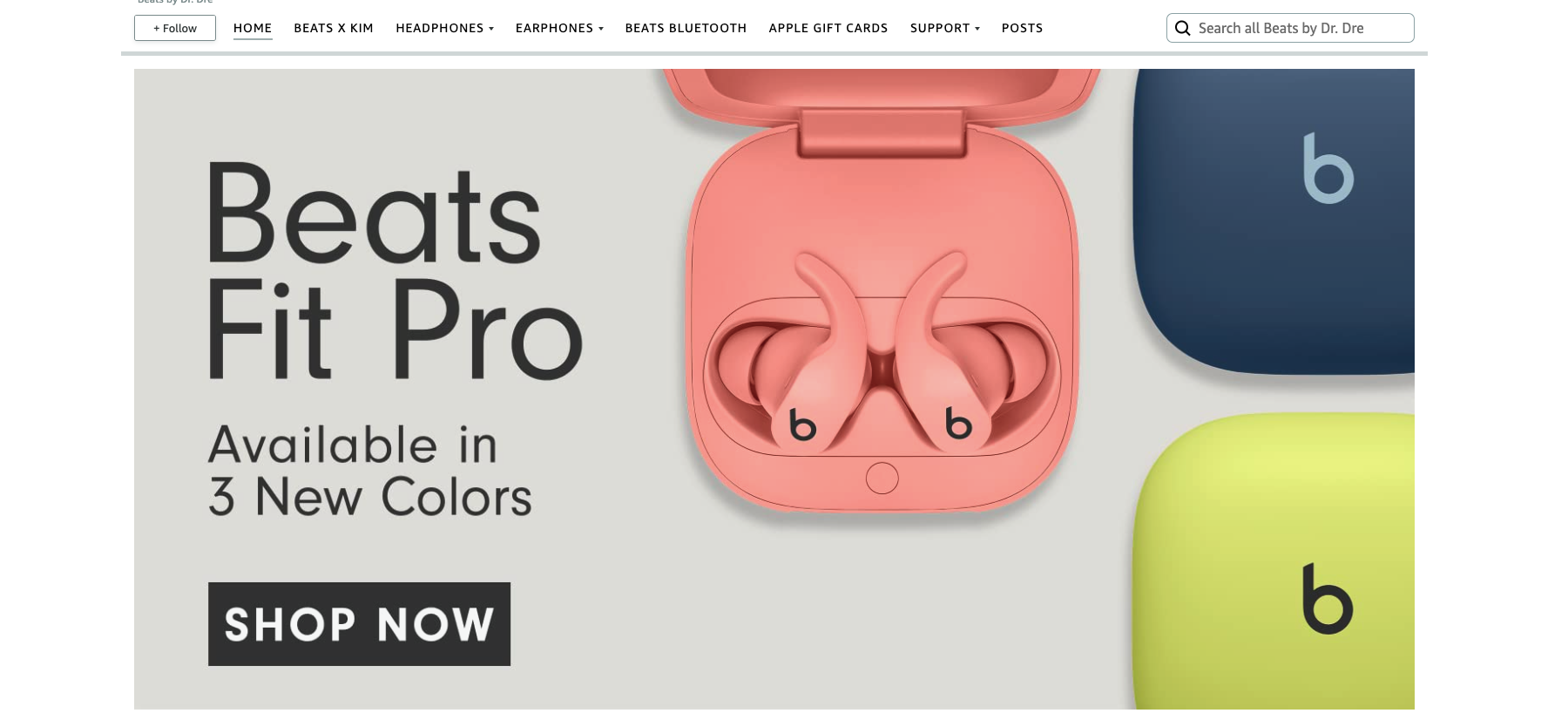The e-commerce industry is on fire, and the number of online shoppers is skyrocketing with each passing year. As an aspiring e-commerce entrepreneur, choosing the right platform can make or break your business.
Today, we’ll dive into the battle of the heavyweights – Shopify vs Amazon – to help you unleash your e-commerce potential.
Shopify is a user-friendly and feature-rich platform that empowers users to sell their products online with ease. On the other hand, Amazon is the king of online marketplaces, connecting millions of consumers with thousands of sellers.

Both platforms have their unique advantages and disadvantages, but we’re here to help you make an informed decision. So, let’s explore their key features, pricing models, and benefits to see which one is the ultimate champion for your e-commerce dreams.
The Ultimate Showdown: Shopify vs. Amazon
Shopify is an innovative subscription-based e-commerce platform that enables businesses to build their own brand and online storefront. With its user-friendly interface and mobile-optimized themes, creating a professional-looking website has never been easier. Check out some of Shopify’s impressive features:
– Customizable templates and themes
– Built-in SEO and marketing tools
– Advanced inventory management
– Secure payment processing and checkout
– Mobile app for on-the-go management
– Integration with over 6,000 third-party apps and tools
On the other hand, Amazon is the ultimate online marketplace with over 200 million active customers. If you’re looking to tap into this massive audience, Amazon is the perfect platform for you. Take a look at some of the features that make Amazon stand out:
– Massive audience reach
– Established trust and credibility
– Wide variety of product categories
– Integration with Amazon Prime
– Advanced advertising and marketing tools
– Access to powerful analytics and insights
If you’re an e-commerce entrepreneur looking to build your brand and create a unique customer experience, Shopify is an ideal choice. On the other hand, if you’re looking to take advantage of the massive Amazon marketplace and want to sell alongside other merchants, Amazon may be a better fit for your needs.
The Cost of Doing Business
Pricing is a crucial factor when selecting an e-commerce platform. Both Shopify and Amazon have different pricing options to suit the needs of various businesses.
Shopify offers several pricing plans, with Basic Shopify starting at $29 per month. This plan allows users to create a customizable online store, manage inventory, fulfill orders, and create product listings.
More advanced pricing plans offer features like calculated carrier shipping, international pricing adjustments, and access to detailed reporting. However, note that Shopify charges a transaction fee of up to 2% for users who don’t use Shopify Payments.
Amazon also offers two pricing plans – the Individual plan and the Professional plan. The Individual plan requires merchants to pay $0.99 for every item sold, while the Professional plan costs $39.99 per month. It’s worth noting that Amazon collects a referral fee for each item sold based on the product category.

One key difference between the two platforms is that Amazon sellers have no control over their storefront design. Instead, they rely on Amazon’s paid ads to attract customers, which can be challenging due to the intense competition within the platform.
In contrast, Shopify users can design and customize their online store to create a unique brand identity from the ground up.
Ultimately, when choosing between Shopify and Amazon, pricing is a critical factor to consider. You need to evaluate your business needs and determine which platform’s features align with your goals. So, let’s compare Shopify and Amazon in more detail to help you make an informed decision.
Building Empire – Ecommerce Storefronts
Shopify boasts over 120 professionally designed themes that can be customized to fit any brand.
These themes span various industries, from sports and recreation to fashion and accessories. The web builder is user-friendly and easy to navigate, making it possible for even beginners to launch their online store in a matter of minutes.
While you can’t build a dedicated storefront like Shopify, you have direct control over product images and descriptions. You can build out A+ pages and brand pages, but this is not quite the same thing as having a Shopify storefront that you have far more control over.
When it comes to creating a storefront, Shopify’s flexibility and simplicity make it a great choice for entrepreneurs and businesses looking to create a unique online brand experience. However, Amazon’s established customer base and product image control make it a good option for sellers who want to reach a vast audience without worrying about storefront design.
Marketing Your Ecommerce Empire
When it comes to audience size, Amazon’s marketplace reigns supreme with over 197 million monthly visitors, compared to Shopify’s 56.5 million unique visitors per month.
However, with a massive audience comes fierce competition.
The design and layout for every Amazon merchant are the same, making it challenging to stand out. However, Amazon ads can help increase your visibility on product pages and search results, making it a great option for those willing to invest in advertising.

That said, Shopify offers a more unique approach, allowing users to build their online store from the ground up. However, attracting customers to your site and marketing your business is your responsibility.
The work is never finished is it?!
Fortunately, Shopify has a wealth of marketing and SEO capabilities that can be integrated into social media platforms and marketplaces like Facebook. Additionally, there are options to boost sales with discounts and gift cards, making it easier to reach new customers.

One significant advantage of Shopify is that it won’t display your products alongside your competitors, giving you a more exclusive space to market your brand. This also means that it’s less competitive than Amazon. With Shopify, you have control over your brand and can create a unique online shopping experience for your customers.
Ultimately, the choice between Amazon and Shopify depends on your business goals, marketing strategy, and audience preferences.
Locking in Sales & Filling Orders
Managing inventory and product fulfillment can be a real headache. Luckily, Amazon FBA is here to make things easier.
With Amazon FBA, you can outsource the management of your inventory and fulfillment process. However, keep in mind that individual selling accounts have a storage limit of 10 cubic feet, while professional selling accounts have no storage limits. Plus, fees vary based on product weight, size, type, and channels where the product is sold.

Shopify also has its fulfillment network, but it’s not as advanced or streamlined as Amazon FBA.
However, the good news is that you can still use Amazon FBA, even if you’re not an Amazon Seller. This means you can take advantage of Amazon’s storage, packing, and shipping services without listing your products on the Amazon Marketplace.

Ultimately, the fulfillment option you choose depends on your business needs and priorities. If you want a more convenient and streamlined process, Amazon FBA may be the perfect fit.
But if you’re looking for more control over your fulfillment process or don’t want to list your products on the Amazon Marketplace, Shopify’s fulfillment network or other third-party fulfillment providers may be more up your alley.
The Choice is Yours
Are you ready to launch your online store? Both Shopify and Amazon offer unique opportunities to get your business up and running.
With Shopify, you can build a fully-customizable website to sell your exclusive products and build your brand. On the other hand, Amazon’s platform allows anyone to start selling anything from brand-new to used products with just an account, making it the ultimate e-commerce platform for the go-getters out there.

Choosing between the two platforms depends on your long-term goals for your online business. If you’re looking to create a unique and branded shopping experience for your customers, Shopify’s the way to go.
However, if you’re looking to dive headfirst into the world of e-commerce and start selling your products quickly and efficiently, Amazon’s platform is the perfect option.
The decision to choose between Shopify and Amazon comes down to your business goals, budget, and marketing strategies. By weighing these factors carefully, you can select the perfect e-commerce platform to build your online empire and achieve your entrepreneurial dreams.
National Positions works fluently with both powerhouses.
We consider all angles of audience opportunity all the way down to profitability based on your business model. Contact our team today and we can help you pinpoint the best approach for your eCommerce empire!
Want more insights? Download our Amazon Guide for 2023 with over 35 tips, tricks, and secrets you can use right now!

